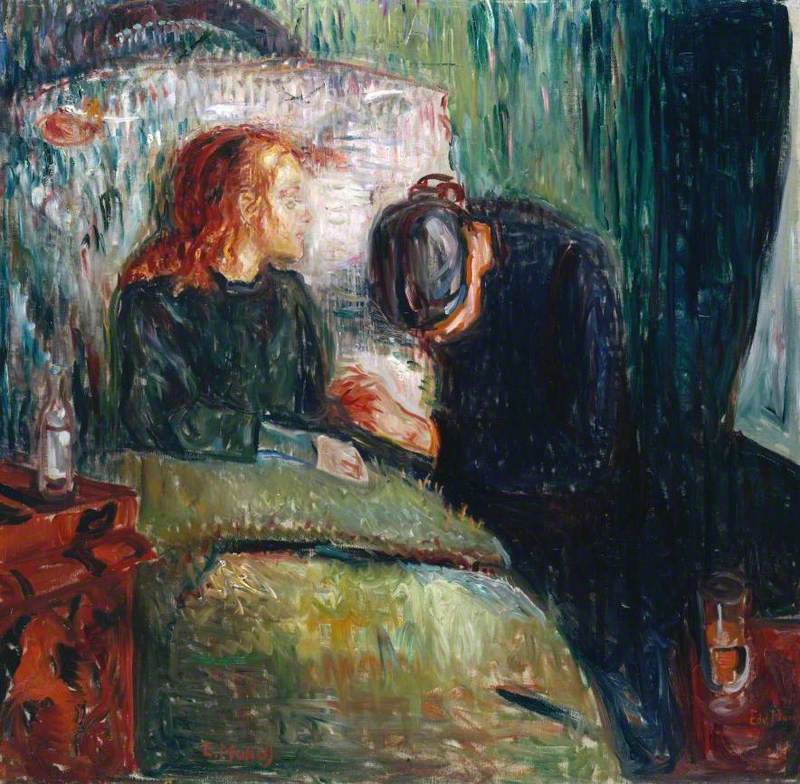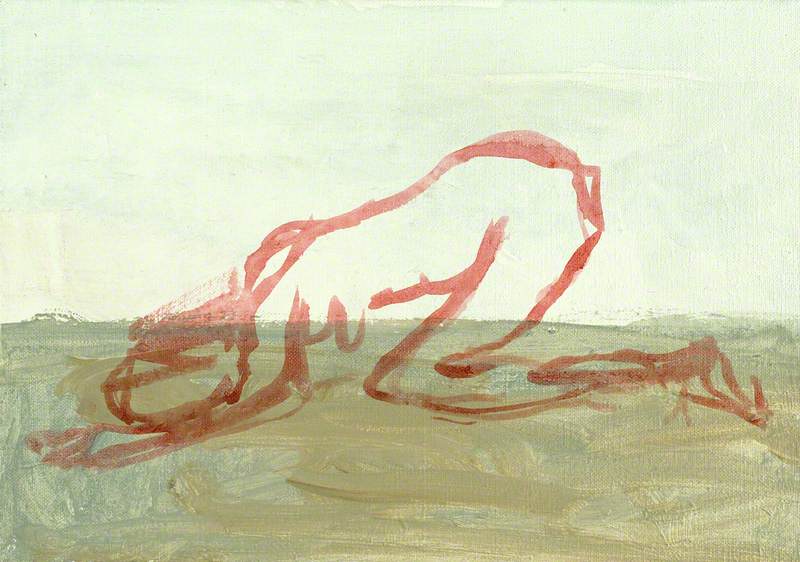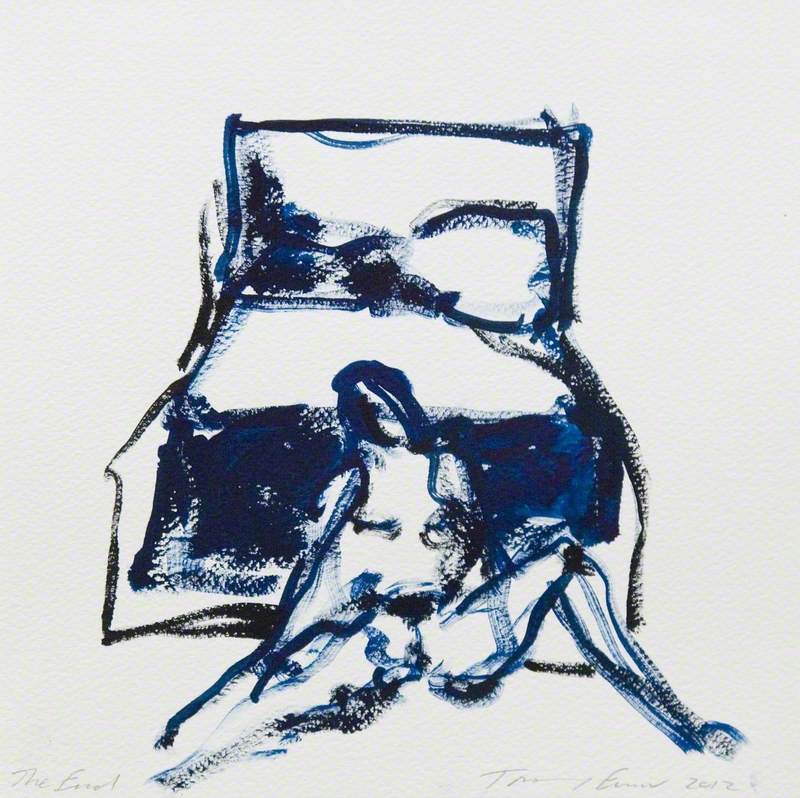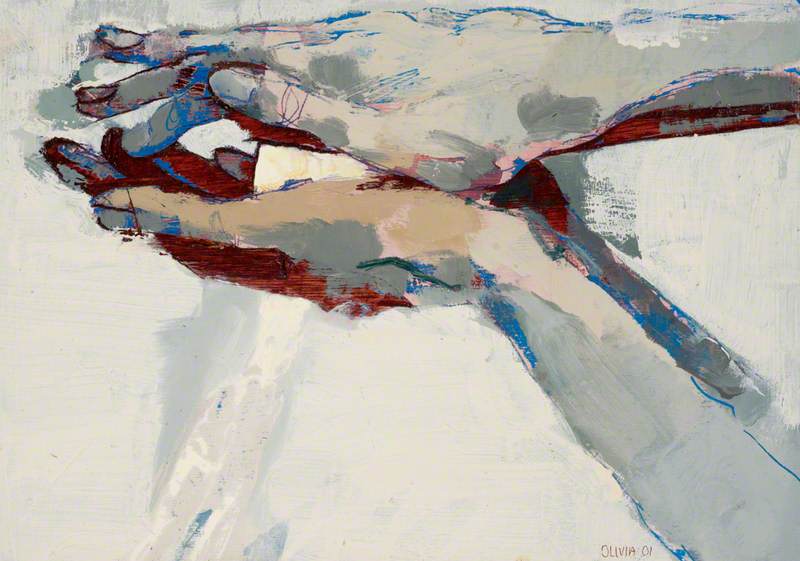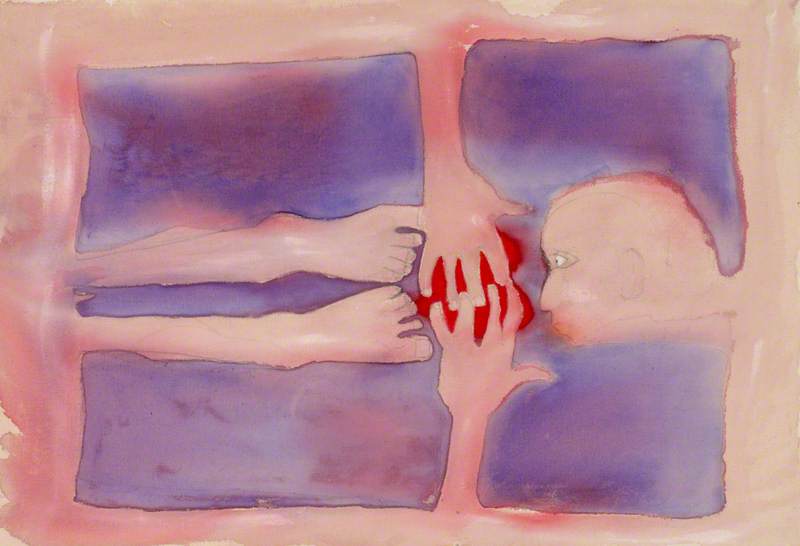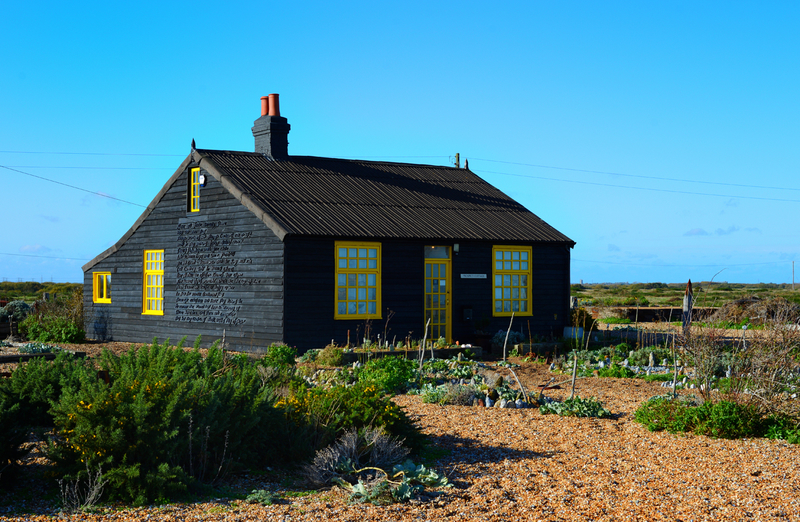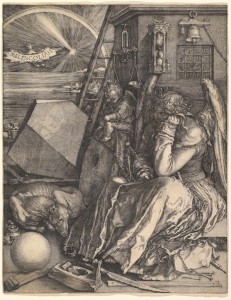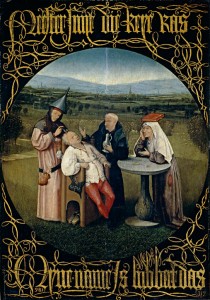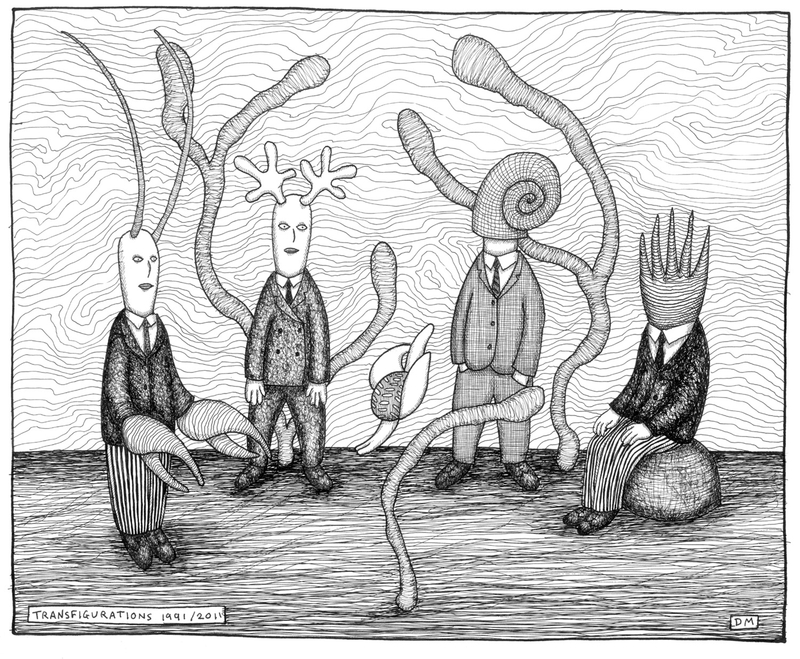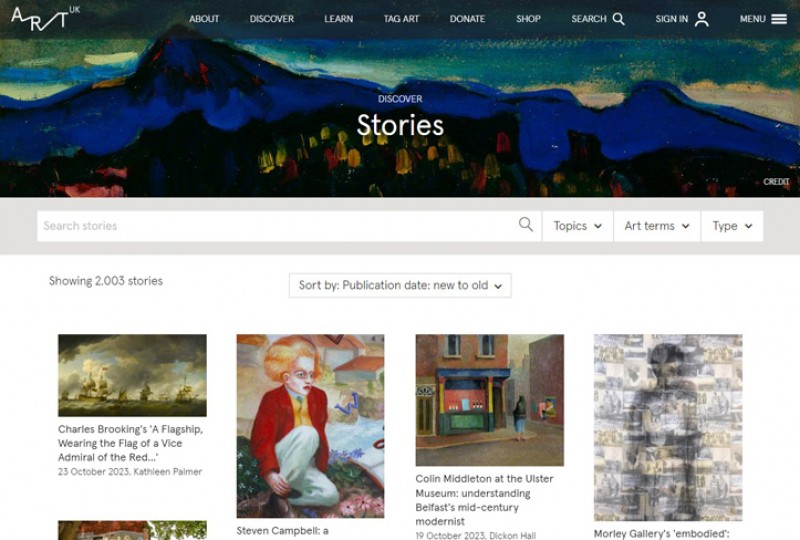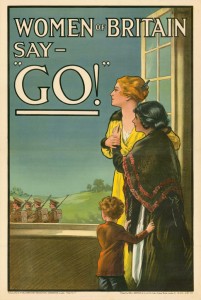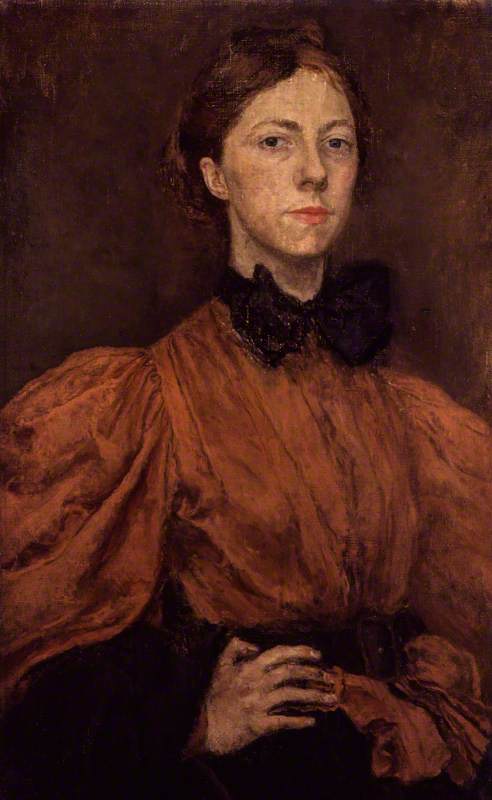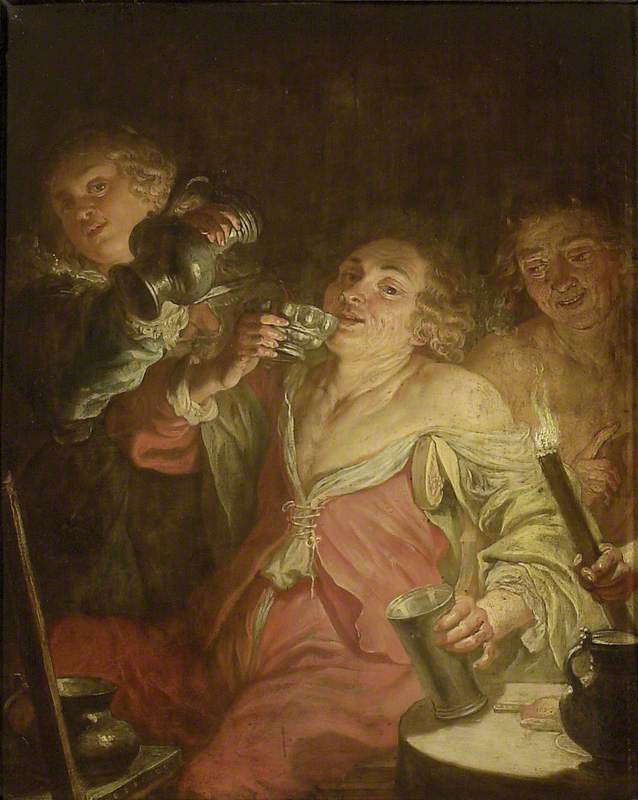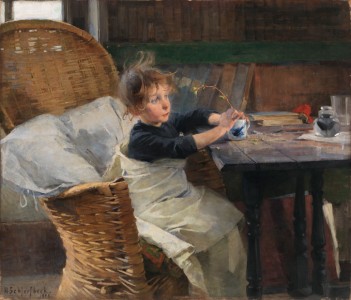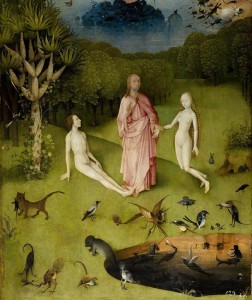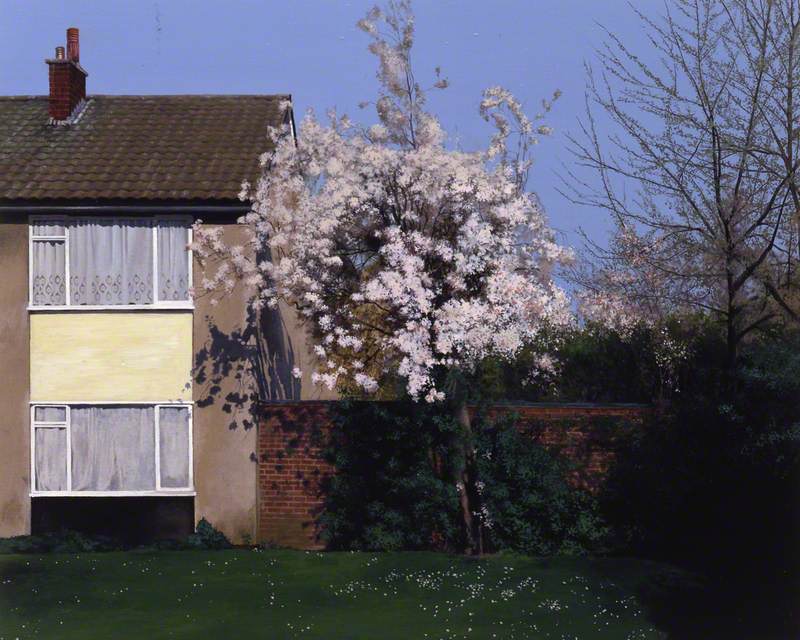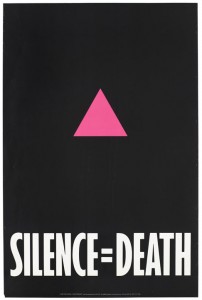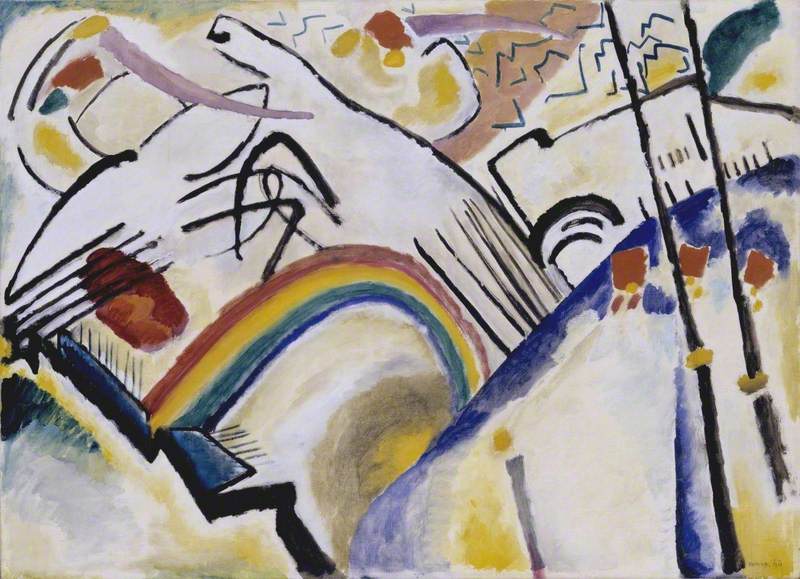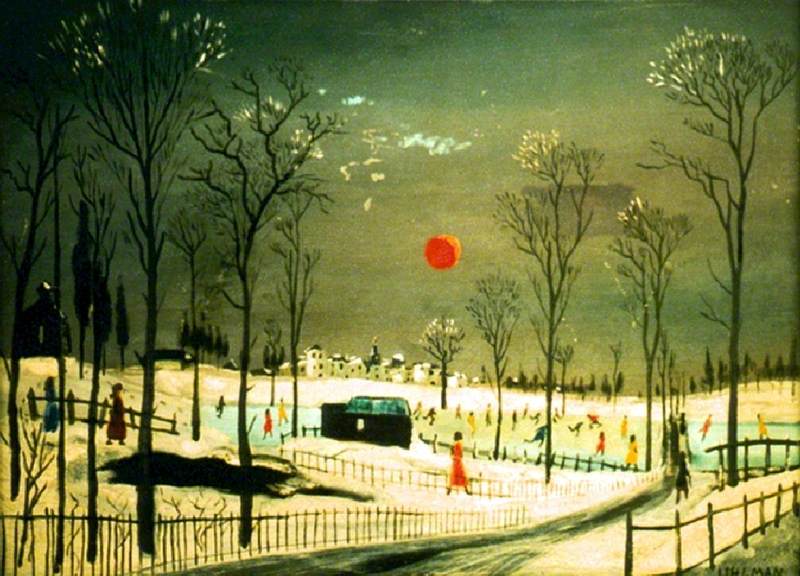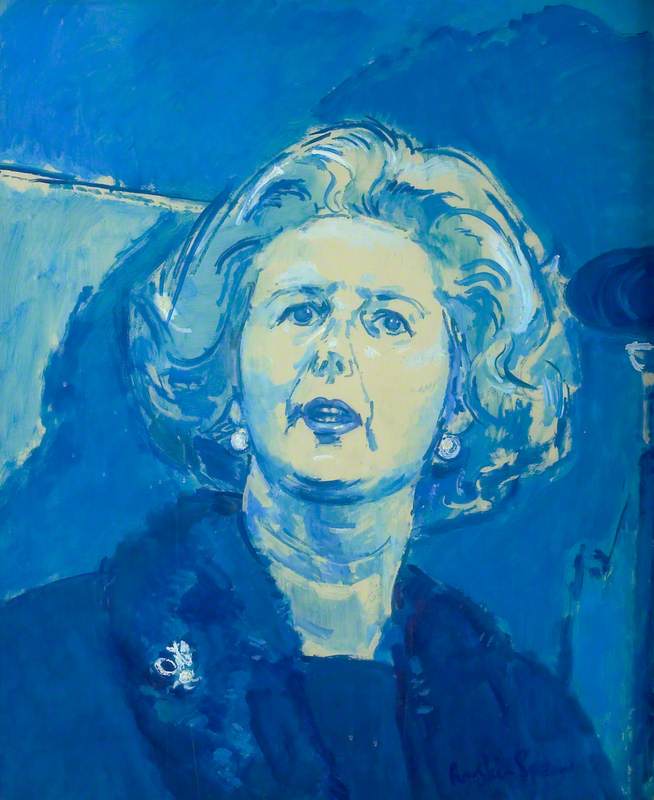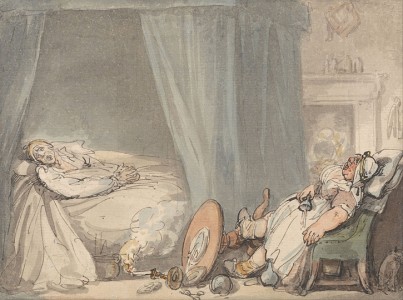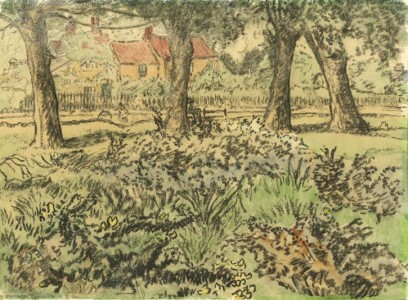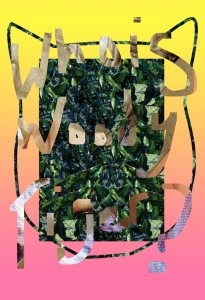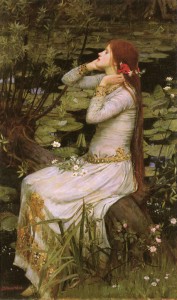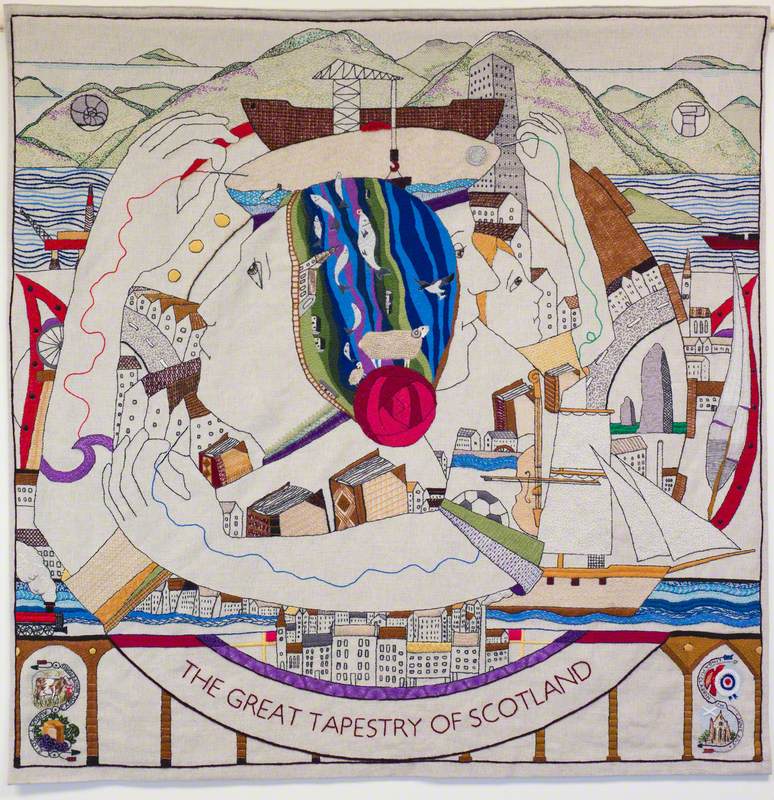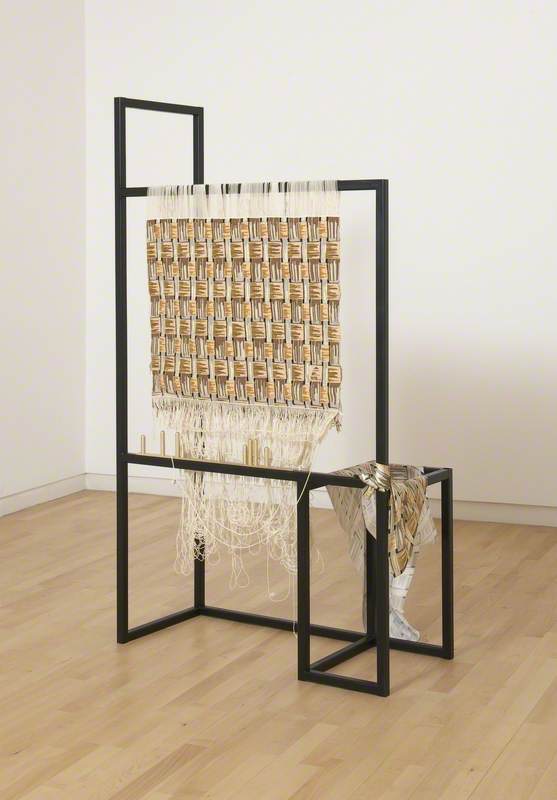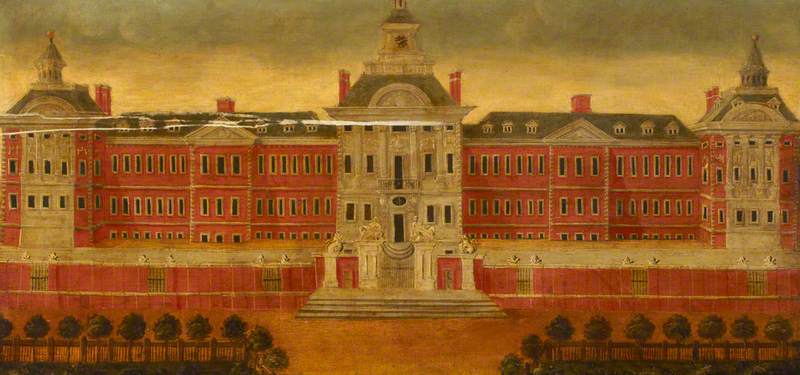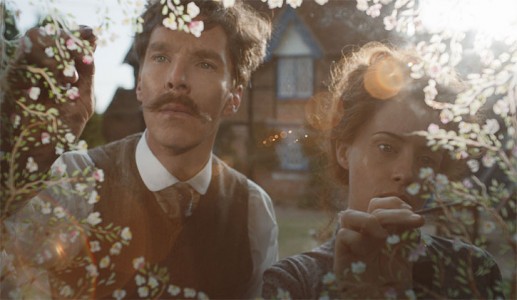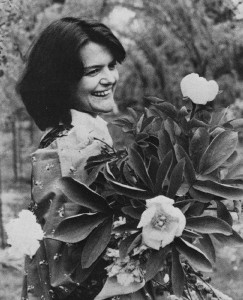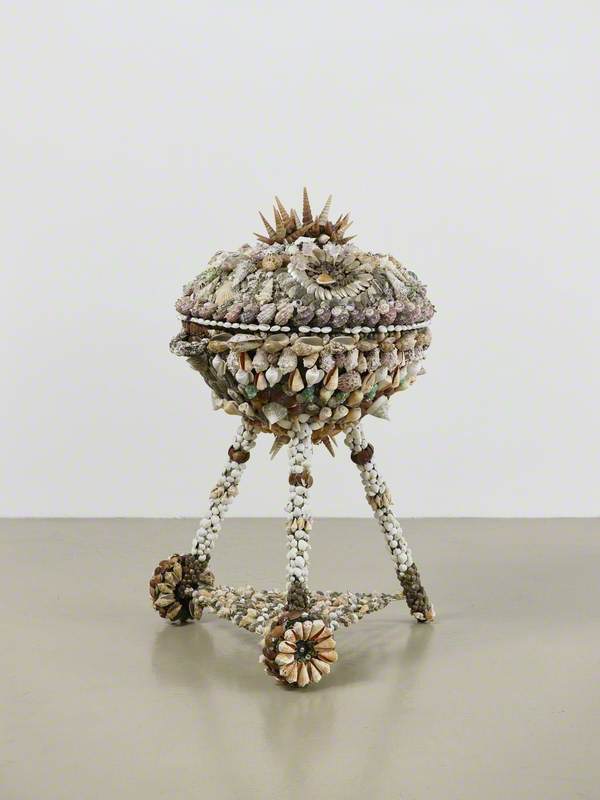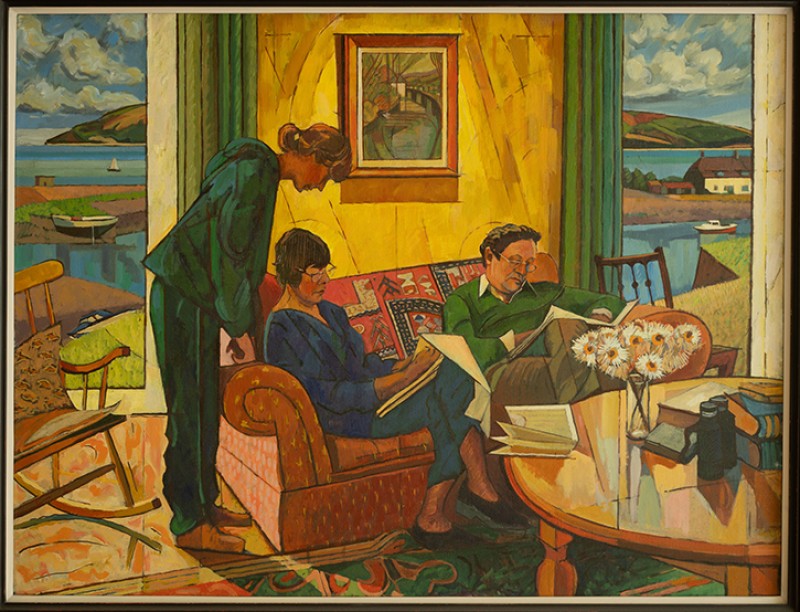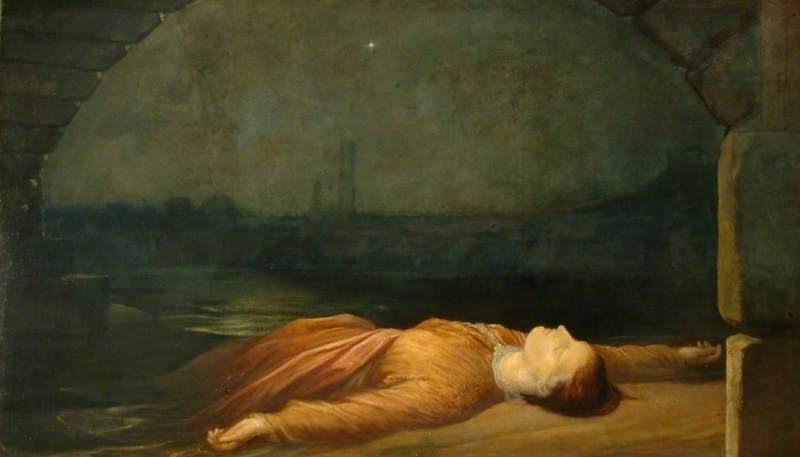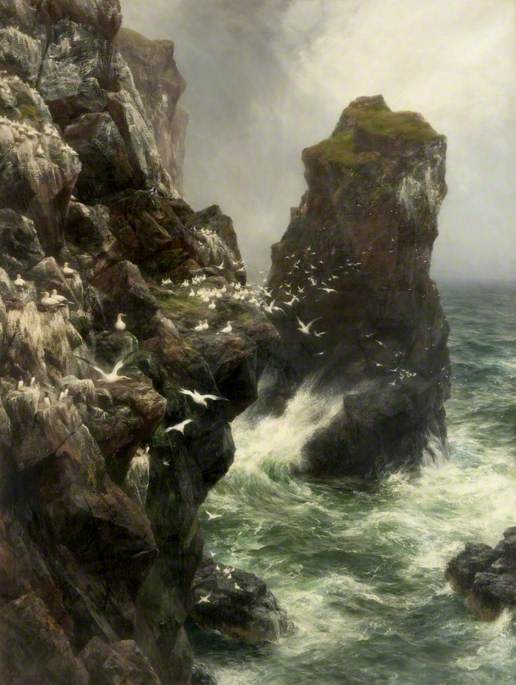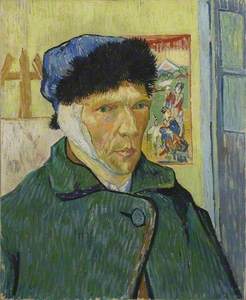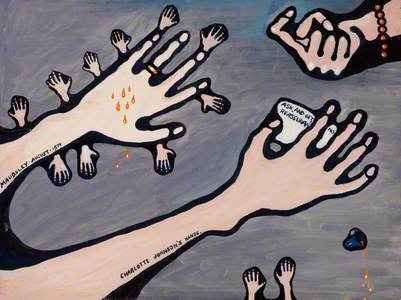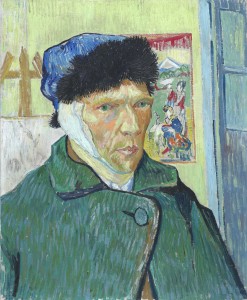Depression, anxiety, angst, grief and loneliness: despite its frequent occurrence in people's lives and attempts to destigmatise mental health, we still find it difficult to discuss psychological distress.
Yet for centuries, the darker and more complex parts of our psyches – from generalised low spirits to diagnosable mental health conditions – have served as an inspiration to artists who have depicted these very human experiences with sensitivity, nuance and empathy.
Self-Portrait with Bandaged Ear
1889
Vincent van Gogh (1853–1890) 
The mythologising of the 'mad' artist is particularly associated with Vincent van Gogh (1853–1890) who famously mutilated his own ear following a fight with the artist Paul Gauguin (1848–1903) and sent the remnants to Gabrielle Berlatier, who was working as a maid in a brothel at the time.
Van Gogh's own chronicling of the incident's aftermath in Self-Portrait with Bandaged Ear (1889) has helped cement the now-legendary incident as a prime example of mental instability and artistic genius. But even the painting itself is a bit of an enigma: the piercing stare and visible injury suggest great pain, but the calmly applied vertical paint strokes and carefully outlined shapes nod to focus, maybe even calmness. It's also difficult to argue that bodily mutilation and self-harm is ever something to celebrate, even when tied to great works of art.
Alongside Van Gogh, one of the most famous artists to portray mental suffering – loss, loneliness and fear included – was Edvard Munch (1863–1944).
The Scream
1895, lithograph by Edvard Munch (1863–1944) 
The Norwegian's artworks consistently and vividly drew on emotional turmoil and trauma. For example, his 1907 painting The Sick Child – a theme he revisited several times – is inspired by the death of his sister Sophie from tuberculosis when Munch was just 14 years old.
The painting's title, and its haunting inclusion of an unidentifiable maternal figure bent over in grief, make the emotions underpinning the scene seem as much universal as autobiographical. This ability to use deeply personal experiences of mental anguish to create an artwork suggestive of collective suffering is seen repeatedly in Munch's work.
Anxiety, an 1894 painting containing several stylistic and thematic overlaps with Munch's iconic The Scream, shows a crowd of dark-costumed people congregated by the Oslo Fjord.
Anxiety
1894, oil on canvas by Edvard Munch (1863–1944) 
The vacant stares, unhealthy pallor and tense facial expressions of the three characters in the painting's foreground evoke a sense of great agitation, while the sinuous and near-apocalyptic skyline suggests their unease is echoed – and perhaps caused by – the world surrounding them.
The raw emotional truth of Munch's work has been a long-running inspiration to contemporary artist Tracey Emin (b.1963). As the upcoming exhibition 'Tracey Emin / Edvard Munch: The Loneliness of the Soul' demonstrates (due to be on display at the Royal Academy from 15th November 2020 to 28th February 2021, although now postponed due to COVID-19), Munch's influence is detectable in multifarious aspects of Emin's output – for example, the acutely vulnerable nude female figures seen crouched or curved into semi-foetal positions, as in Trying to Find You 1.
Emin also explicitly stated her debt to the Norwegian painter with the painfully emotional short film Homage to Edvard Munch and All My Dead Children. Recorded in 1998 outside Munch's cottage in Åsgårdstrand, the piece shows Emin literally giving voice to the screech of pain captured in Munch's most famous painting. But the most enduring link between the two artists lies in a shared commitment to revealing unfiltered mental suffering – in Emin's case often linked to depression, grief, sexual assault or deeply traumatic experiences of abortion.
Homage to Edvard Munch and all my dead children – Tracey Emin
— Diken (@DikenComTr) October 26, 2019
Haftanın Eserihttps://t.co/cfI3TOvvTa pic.twitter.com/UxbbSiym6h
Emotional distress is a long-running theme in Emin's art. Her 1998 installation My Bed (first shown at the Tate Gallery in 1999) recreated a brutally personal bedroom scene showing a dishevelled bed surrounded by items such as discarded tights, cigarettes and used condoms.
View this post on Instagram
My Bed captures the material aftermath of four days Emin spent in bed suffering from suicidal depression. The emotional vulnerability of the work is, in many ways, at odds with its initial critical reception as a controversy-seeking artwork reliant on shock value. The legacy of My Bed in Emin's work can be seen both in the recurrent motif of beds in her art and in the continued blend of self-confession and domestic materials, for instance, a cream and soft pink applique blanket incorporating the title words It Always Hurts (2005).
While the links between Munch and Emin become clearer with deliberate study, the connection between Munch and another artist is more overt. Léon Spilliaert (1881–1946) shared Munch's gift for producing images saturated with solitude, introspection and existential angst. For Spilliaert – who saw his paintings exhibited alongside Munch's – psychological pain overlapped with physical discomfort. Plagued by stomach ulcers, the Belgian artist would often rise before dawn with insomnia and walk the dark Ostend seafront, the scene of many of his paintings.
In The Gust of Wind (1904), a lone female figure is pictured against a dusky sky, her mouth open in a penetrating howl. Often imagined as a location of sunshine and joy, for Spilliaert the coast was the site of lonely figures pitted against elemental forces.
The Gust of Wind
1904, watercolour on paper by Léon Spilliaert (1881–1946) 
Yet while the connection between an artist's work and their mental state might seem immediately apparent, caution is always required. The interlacing of creativity with mental health conditions is both contested – no medical study has ever proven a definitive link – and, moreover, risks glamorising or mythologising suffering. We can also overly simplify an artist's work by suggesting their creative output is only the product of a troubled mind.
For example, in the case of Louis Wain (1860–1939), an artist known for his popular drawings of anthropomorphised cats, his precise mental health condition was never identified, though it is generally believed that Wain had undiagnosed schizophrenia. The artist spent a considerable amount of time as an in-patient and received his generation's version of 'mental health care'.
A Cat Standing on Its Hind Legs, Formed by Patterns Supposed to Be in the 'Early Greek' Style
Louis Wain (1860–1939) 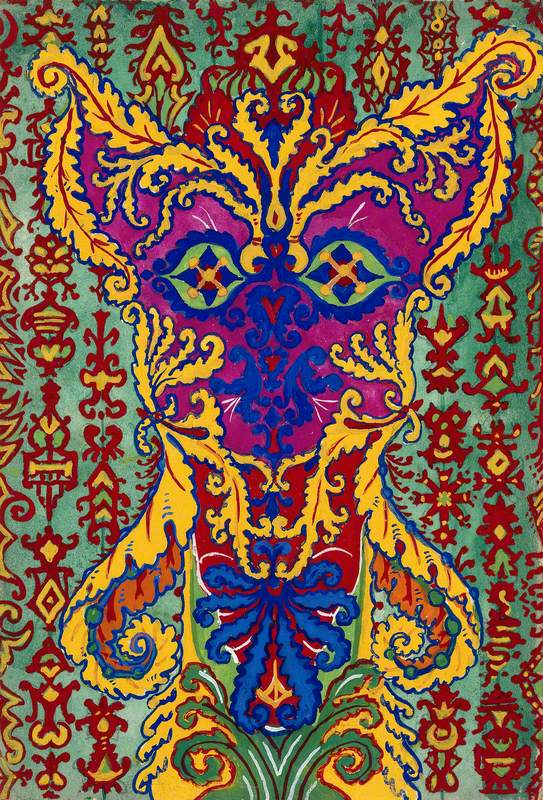
In the later stages of his career, Wain produced a series of 'psychedelic cats' such as A Cat Standing on Its Hind Legs, Formed by Patterns Supposed to Be in the 'Early Greek' Style.
This switch from the traditional to the vibrantly abstract has been interpreted as both symptom and proof of Wain's suspected schizophrenia, though such interpretations – read through the lens of mental illness – can prevent us from fully exploring Wain's artistic merits. For instance, his move towards abstraction followed his increased interest in avant-garde artistic styles, seen in a series of ceramic cats inspired by Futurism.
Where other artists are concerned, the connection between their own mental health conditions and their creations is more certain. Ask and Get No Reassurance by Charlotte Johnson Wahl (b.1943) chronicles a form of exposure therapy the artist received as an inpatient at the Maudsley Hospital in the early 1970s. The unsettling image reveals that what the artist most desired was simple confirmation that everything would be OK.
Like many artists in the Bethlem Museum of the Mind collection, Johnson Wahl's artworks created while receiving care can be considered a form of art therapy. Yet Johnson Wahl was also a professional artist before and after undergoing treatment, making painting a natural method of self-expression.
Olivia Gillow (b.1972) has also drawn on her experiences of hospitalisation for mental health reasons. However, instead of representing her own condition, Gillow's 2001 painting Cradle Soap 1 is inspired by the Obsessive Compulsive Disorder (OCD) the artist witnessed other patients experiencing on the same ward. The loving caress of the hands around the soap, and the 'cradle' of the title, inject a disconcerting note of tenderness into a visceral image of compulsion and suffering.
A similar blend of pain and care is also detectable in Protecting the Heart by Elise J. M. Pacquette (b.1968). One of many works by Pacquette exploring the artist’s first-hand experience of anorexia nervosa, the image combines knowledge of the physical strain the condition has on the body with the desire to nurture and heal.
Pacquette's art acts as a window into the lived experience of a mental health condition. This lends it the ability to engender empathy from those without similar experiences, solace for those who do and – as with many of the artworks discussed above – a surprising and poignant note of hope.
Rosemary Waugh, art critic and journalist
